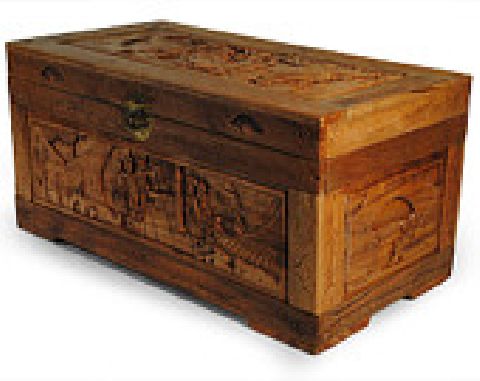Zambia's Potential Has Not Yet Been Reached
On the road…again!
Afghanistan to Zambia
Chronicles of a Footloose Forester
By Dick Pellek
Z is for Zambia
The Footloose Forester spent too much time in offices and not enough time in the field to have Zambia stand out in his reverie of African adventures. The large and rural country has not yet found its own political and economic stability in the world, in the opinion of an idealistic Footloose Forester who made two trips in the early 1990s. Zambian authorities are still interested in developing and managing their natural resources in a responsible way. So, the work agenda of the Footloose Forester was largely one of developing an inventory of environmental agendas, including the creation of an Environmental Protection Agency based on the American model.
That included developing a timetable for exploratory research teams to survey the breadth of options. The Footloose Forester recalls making a transportation budget for field trips by the teams of recommended scientists. Based on local costs for renting two automobiles and the mandatory use of their own drivers, the bill was projected to be over $31,000 for a single exploratory period of about a month. In the end, the Footloose Forester recommended that the U.S. Agency for International Development, who was footing the bill for the project, buy their own jeeps for the project instead of renting automobiles locally; and thereafter have them on hand when the project was completed. That is the way it went down.
Land capability in Zambia is far greater than its place in world agriculture would indicate. That has a lot to do with the confiscatory policies, past and present, of the government(s) in regard to owning land. Today very few private citizens have their own land, so are not developing it to its potential. Some 47% of the country has arable land suitable for agricultural expansion, but currently only 14% of those lands have been developed. From that point of view, Zambia could become much more productive in future years.
One sector of the agro-pastoral milieu that is awaiting a transformation in management approach is the “miambo” woodlands of millions of acres of scattered tropical hardwood trees. Their potential use in the manufacture of hardwood furniture and other manufactured products has not yet been realized.

The steamer trunk with carved zebras, elephants, lions, and rhinos is one-of-a-kind
One tangible reminder of Zambia and its woodlands is the carved steamer trunk that Footloose Forester hauled aboard his returning flight to Nairobi. When he saw it for sale in the courtyard of the Pamodzi Hotel in Lusaka, he knew that it was one of a kind, like every other carved objet d’art he saw in Africa. And he also knew that it was now or never in having a souvenir that would be useful in future years. That steamer trunk now gets yearly treatment with Tung oil to keep it from cracking as it continues in its service as a foot locker at the bottom of the bed in one of the Pellek's bedrooms.




